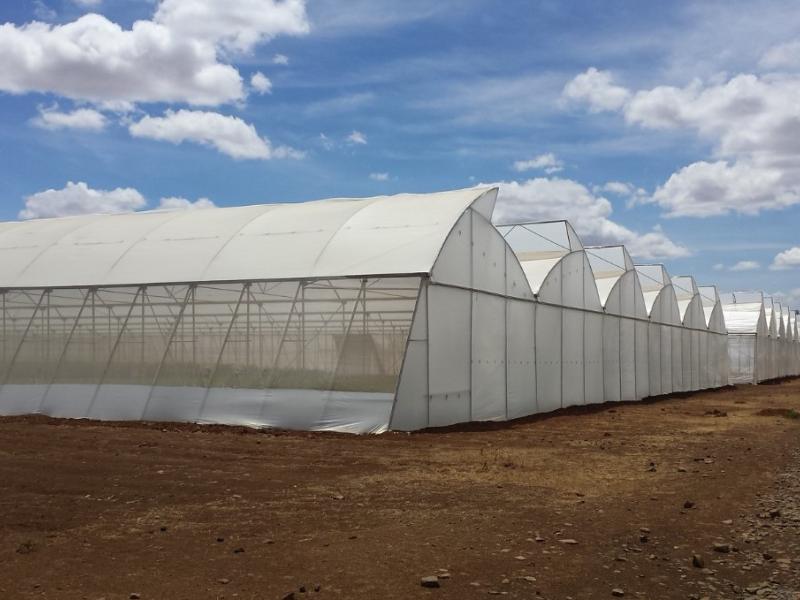Community-supported agriculture

Description of the innovative solution
Farmers invest a lot of money and time into their farming practices before they reap the benefits, which does not come without risks. Community Supported Agriculture (CSA) is a production and marketing model where consumers can buy shares of a farm’s harvest in advance. At the start of the growing season, consumers can become CSA members by agreeing on a lump sum or in instalments. The cost usually depends on the harvest season, variety, and quantity of products. The upfront to the farm facilitates purchasing the seed and other inputs necessary for the farmer to have an income to grow the...
Farmers invest a lot of money and time into their farming practices before they reap the benefits, which does not come without risks. Community Supported Agriculture (CSA) is a production and marketing model where consumers can buy shares of a farm’s harvest in advance. At the start of the growing season, consumers can become CSA members by agreeing on a lump sum or in instalments. The cost usually depends on the harvest season, variety, and quantity of products. The upfront to the farm facilitates purchasing the seed and other inputs necessary for the farmer to have an income to grow the produce, and with that reduces financial risk for the farmer. This solidarity model also relieves the farmer of extra time for marketing and CSA members share in the risk of production. This allows the farmer to concentrate on good land stewardship and growing high quality food. In return for their membership fee, consumers receive a variety of freshly produced food, vegetables and fruits on a weekly basis. This results in a varied diet with freshly produced healthy diet on the consumer side.
Examples and additional resources
Real-world examples
See this solution in action in different contexts and settings around the world
Additional resources
Learn more about this solution through studies, articles, business cases, and other information
Contacts
Connect to others working on and with this solution around the world
Pathways to uptake
Engage with our “backcasting tool” to imagine and design “pathways to uptake” for this solution in your setting.
This process involves defining a future vision of this solution being used in your context, and then working “backwards” to identify necessary steps to achieve this vision by 2030. Going through this exercise as an individual or with a team can help to clarify the WHAT/WHEN/HOW of moving a solution (or package of solutions) towards having major impact. We hope these pathways will inspire outside-of-the-box thinking, creative approaches, and actionable concrete steps to move ideas into action.
Pathway builder
Explore pathways for this solution
Be the first one and add a pathway for this solution!